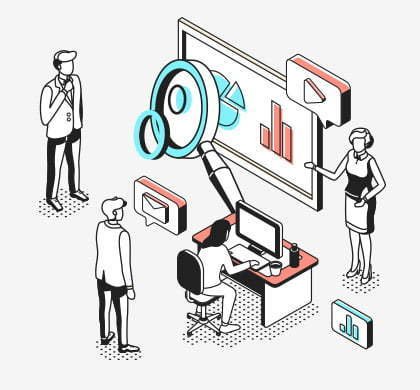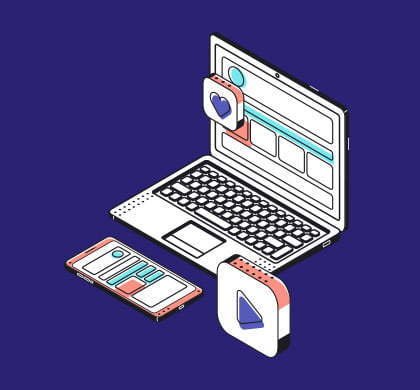Cybercrime is a threat to all the organizations, but when we take in consideration the financial market the level of menace increases exponentially. Today banks and other financial organizations face the need of providing the best possible services increases exponentially. Today banks and other financial organizations face the need of providing the best possible services in the best possible way and reachable by everyone everywhere. We are watching to a spread of different products and services being available through the use.
In addition, we have some CSS specifications that haven’t yet been implemented by a browser or have only been implemented in an experimental way on one browser. We also have some things which are just at the discussion phase, perhaps as a note in the current level of a spec as to where we might take it in future. So while most of my articles are about things we can do, this one is about things we can’t but that perhaps we might be able to do in the future.

Floating Things From Specific Points
On the web, a floated element is taken out of flow and following text wraps around it (due to the line boxes of the following text becoming shortened). Therefore, you only have the option to float a thing to the left or right. In print, however, you often need to float items to specific places on the page. For example, by floating an element to the top or bottom of a page. When creating a printed document, you define the size of your pages by using the @page rule.
The CSS Specification that deals with this behavior is called Page Floats. Your image would display in the normal flow of the content — just as on the web — except that the content is fragmented into pages. When the page with the image is encountered, the image is moved out of the normal flow and floated to the top of the page where it appears on. (Content that would have been above the image will display below it and normal flow resumes.)
There is an issue raised against the Page Floats specification to rename it, as there are use cases for this kind of pattern continuous media, e.g. in a multicolumn layout. Currently, if you float an item inside a column, it behaves in the same way as a float in regular normal flow. Assuming there is room, the line boxes of the following items will be shortened and text will wrap around the float within the column. By using a “page float”, we could float an item to the top of the column that could give you much more control over the placement of elements within the flow of content in a multicolumn context.
There are no secrets to success. It is the result of preparation, hard work, and learning from failure. Paul Tournier
Columns are essentially just like pages; we fragment our content between column boxes in the same way that we fragment our content between pages. Therefore, a more generic name would make sense in terms of this behavior being the same for columns and pages. How does this tie into Page Floats? Well, in this scenario, you would want more control over where images and other elements end up in these rows of columns. I wouldn’t want, for example, an image to have one line of text below it before the content, and then fragmented to form the next row of columns.
